Client Feedback for AEC Firms: Building Trust and Winning More Work
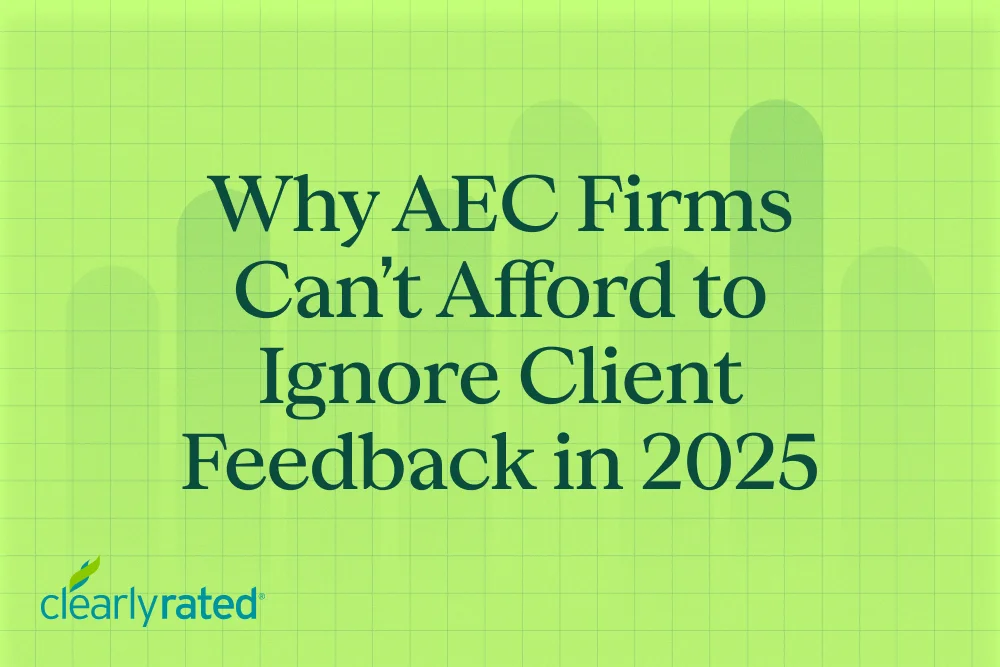
- Many AEC firms assume they understand client expectations, but structured feedback reveals hidden gaps that affect satisfaction and loyalty.
- Collecting feedback through surveys, interviews, benchmarking, and real-time digital tools identifies issues early and improves project outcomes.
- Our Client Savvy platform converts insights into measurable improvements, helping firms win new contracts and maintain long-term client relationships.
A common belief across architecture, engineering, and construction (AEC) firms is that leaders already know what their clients think and that those clients would raise concerns if any issues existed. Yet experience shows that this is rarely the case.
This gap between perception and reality creates what many call the client experience (CX) gap, a blind spot that grows wider when firms fail to collect and act on client feedback consistently. Leadership teams and project managers may feel confident in their understanding of client expectations, but assumptions rarely capture the whole picture.
Without structured client feedback in AEC firms, critical insights that directly affect satisfaction, customer retention, and growth often go unheard. In this article, we’ll explore why client feedback for AEC firms is critical and how acting on feedback can strengthen trust, improve satisfaction, and win more work.
Why Client Feedback Matters in AEC Firms
Many leaders believe their firms are client-centric and deliver exceptional experiences, yet most clients see things very differently. This gap exists because firms rely heavily on internal views and assumptions rather than structured client feedback to measure and improve their client experience.
Without a dedicated feedback program, many AEC firms rely on surface-level indicators, such as repeat business, the absence of complaints, or project completion metrics, to gauge satisfaction. While these signals matter, they only reveal part of the truth.
- Repeat business may occur due to convenience, limited alternatives, or personal relationships, rather than a consistently positive experience.
- A lack of complaints does not equal satisfaction, since many clients avoid raising concerns until frustration peaks.
- Successful project delivery does not automatically create a good CX, especially if the process feels slow, unclear, or stressful.
When AEC firms rely on these incomplete signals, they risk making critical decisions based on misleading assumptions. Firms that embrace ongoing feedback close this gap and build the trust and loyalty that sustain long-term relationships and drive referrals.
The Role of Client Feedback in Project Success
Our 2025 Benchmarks, Insights, and Trends: Client Experience in the AEC Industry report shows that 78% of buyers say a seamless experience influences their decision when selecting a firm. Similarly, 68% value strong communication and relationships as much as technical expertise. This proves that project success alone cannot guarantee loyalty if the CX feels frustrated or disconnected.
Client feedback directly impacts project outcomes by helping firms:
- Identify gaps in communication and delivery
- Ensure alignment with client expectations at every stage
- Mitigate risks early and avoid costly mistakes
By embedding structured feedback loops, firms move beyond assumptions and ensure each project not only meets technical requirements but also delivers a positive CX that drives trust and repeat business.
Methods for Collecting Client Feedback in AEC
One of the clearest lessons is that how you measure client experience directly affects the value you get from it. Each method works differently, but together they create a complete picture of how clients view your projects and your firm.
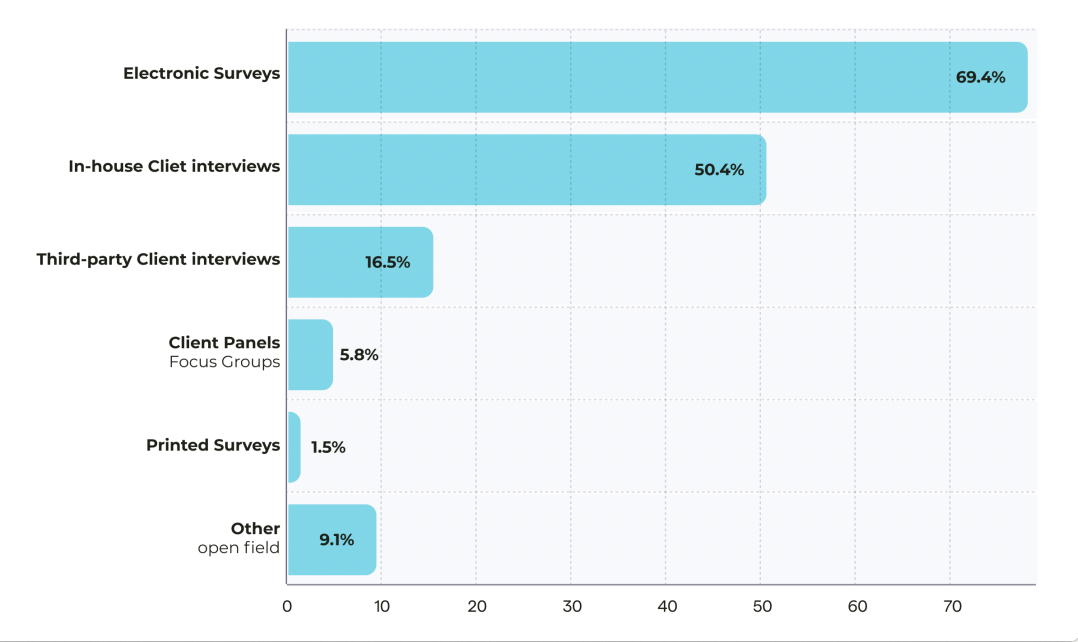
For example, firms relying only on surveys often underperform because surveys are treated as endpoints. High-performing firms follow surveys with direct conversations, uncovering issues and acting on insights. Plus, combining milestone-based feedback with personalized follow-up builds trust and drives real improvements.
Surveys
Client surveys for AEC firms are one of the most effective ways to gather structured input at scale. Clients can complete them at their own pace, which encourages thoughtful answers. To create effective surveys, follow these steps:
- Define your goal and the reason for the survey to make sure every question has a purpose
- Write unbiased questions that avoid leading or loaded language
- Send through relevant channels so clients can easily access the survey
- Keep it short to encourage completion and thoughtful answers
- Offer incentives to motivate participation without pressuring clients
- Give options like “other” or “skip” to allow flexibility and honest feedback
- Follow up to show clients that their input is being valued and acted on
These surveys include open-ended and closed-ended questions, rating scales, and industry-specific formats designed to capture both qualitative and quantitative feedback.
They also track metrics like net promoter score (NPS) and client effort score (CES), which are critical benchmarks for understanding loyalty and AEC client satisfaction. NPS in particular helps categorize clients into promoters, passives, and detractors, providing insights into who might churn and who can advocate for your firm.
When used at project milestones, surveys provide visibility into client sentiment before frustrations grow into larger problems.
Interviews and check-ins
Conversations during project execution show insights that surveys may miss. Interviews and check-ins enable project managers to understand evolving expectations and address concerns promptly.
For example, a mid-project check-in might reveal that a client feels overwhelmed by technical jargon in status updates. By adjusting communication to include simpler summaries alongside detailed reports, the project team ensures the client feels informed and confident.
Clients appreciate this proactive approach, which builds trust and strengthens long-term relationships. These interactions provide context that helps firms refine communication, identify delivery risks, and maintain transparency.
Third-party benchmarking surveys
Independent benchmarking surveys reveal how your firm performs compared to industry peers. This unbiased perspective highlights competitive strengths while exposing blind spots that might remain hidden in self-reported surveys. Benchmarking not only validates your strengths but also builds credibility with prospective clients who value data-driven proof of performance.
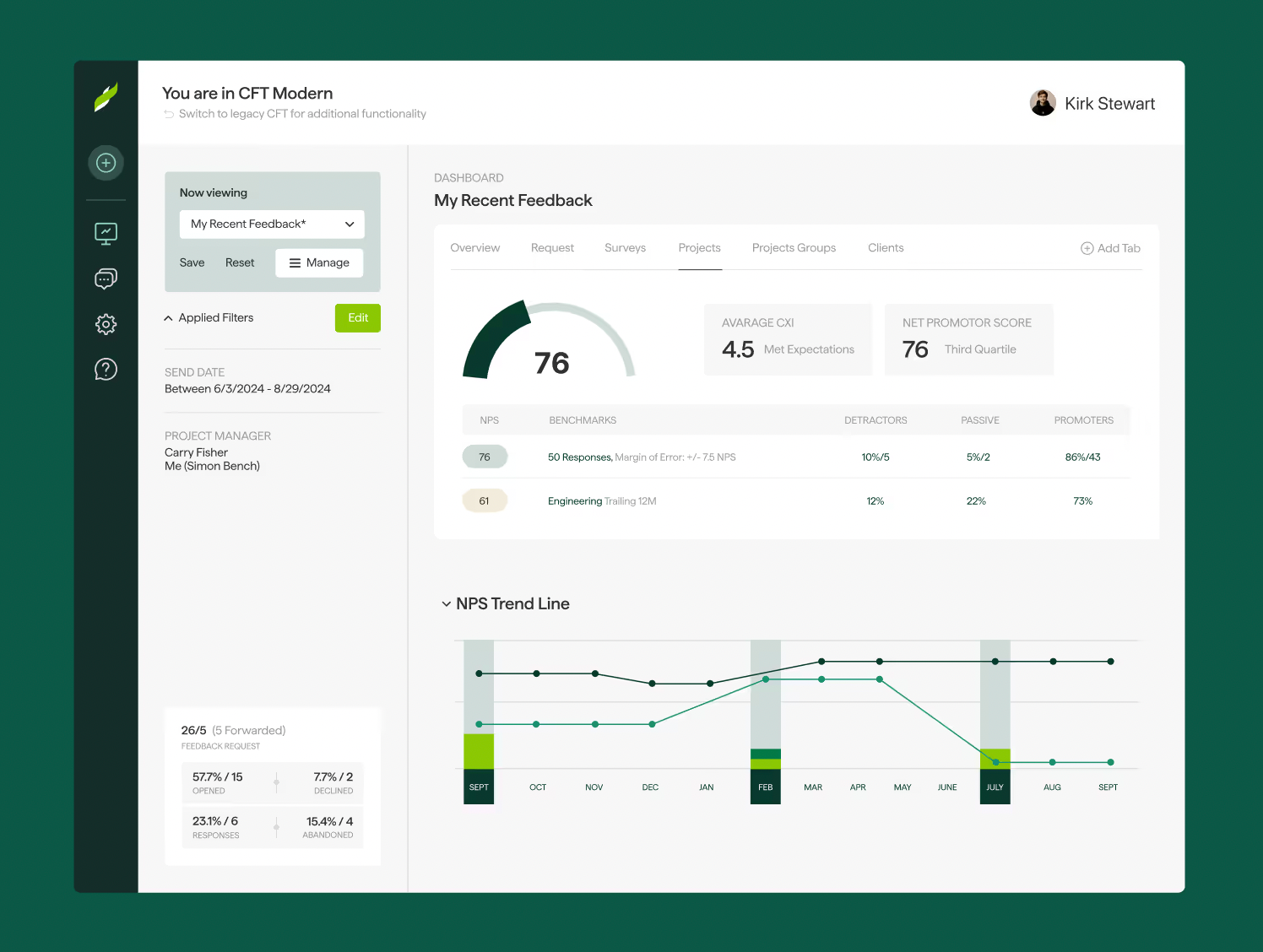
For instance, the Client Savvy Platform provides real-time dashboards that allow firms to review feedback at the individual, project, and client levels. Beyond raw scores, these tools offer comparative insights and industry benchmarks, giving leaders a clearer picture of how their client experience stacks up against competitors.
With this data, AEC firms can identify gaps, highlight areas of excellence, and make improvements that strengthen their reputation in the market.
Digital platforms for real-time feedback
Standard survey tools cannot capture the complexity of professional services. When paired with a robust customer relationship management (CRM) platform, the power of feedback tools multiplies. While feedback tells you what’s happening, CRM tells you who it’s happening to, when, and where in the relationship lifecycle.
The Client Savvy platform is designed specifically for AEC and professional services firms. It integrates directly with project workflows, closes feedback loops, and empowers leaders to act on insights that directly influence satisfaction, loyalty, and referrals.
Some of the key results reported by firms using the platform include:
- Four times more pain points discovered compared to traditional NPS surveys, uncovering issues before they escalate
- Eighty-three percent of at-risk clients were retained by addressing hidden frustrations with closed-loop accountability
- 17-point increase in NPS after implementing ongoing milestone-based feedback
- $1.8 million in referrals gained by activating promoters identified through the platform
Beyond numbers, the platform offers practical tools such as project-centric feedback plans, customizable survey templates, branded communication, and automated reporting. Our patented Client Experience Indicator (CXI) scale identifies client sentiment more effectively than NPS alone, offering both depth and accuracy.
Additionally, features like response coaching, metadata tracking, and automated follow-up make it easier for firms to act on feedback, not just collect it.
How To Turn Client Feedback Into Business Growth
You already know that understanding your clients can make or break future opportunities for your firm. By systematically collecting and acting on client feedback for AEC firms, you can identify opportunities, improve project delivery, and strengthen long-term relationships.
Here’s how:
Improving internal processes and project management
Using feedback collected throughout projects helps your team spot recurring issues and gaps in communication that often go unnoticed. Client feedback for AEC firms finds patterns that highlight where processes slow down or create friction, allowing project managers to refine workflows and deliver more consistent results.
When your team acts on these insights, clients feel heard and projects run smoothly from start to finish.
Showcasing positive client testimonials in proposals
Nothing convinces a prospective client better than authentic success stories from people who have worked with your firm. McDonald York Building Company provides a strong example of how structured client experience (CX) initiatives can build trust and long-term loyalty. By creating consistent feedback loops through surveys, weekly CX discussions, and even a dedicated Slack channel, McDonald York keeps client needs front and center.
This commitment has delivered measurable results. The company collected 278 survey responses in its second year of the program, resulting in a 15% increase in gross profit margin. Leadership also reinforces CX through direct client engagement, ensuring that every project begins with transparency and ends with stronger personal relationships.
Including real-world client experiences like this in proposals demonstrates credibility, reinforces a people-first culture, and helps AEC firms stand out when prospects are evaluating multiple partners.
Using data to win new contracts & differentiate from competitors
Winning new contracts doesn’t have to be challenging when you put real client feedback to work. AEC customer satisfaction tools give you clear insights into what clients value most, so you can show prospective customers exactly how your firm delivers on their needs.
When your proposals include stories, ratings, or trends backed by actual feedback, clients know that you listen to them. This approach builds confidence, helps you stand out from competitors, and gives your team a practical way to win contracts with proof, not promises.
Increasing client trust and loyalty
Consistently acting on structured client feedback strengthens trust and encourages long-term loyalty. Sterling Engineering proves this with their people-first philosophy, where every client and candidate interaction is treated with genuine care.
As Kevin Bass, Director of Operations, explains, “Our growth is due to our existing relationships taking us to other places. In fact, 90% of our business is from repeat clients.”
By systematically collecting and responding to feedback through ClearlyRated and AviontéBOLD, Sterling maintains strong relationships, re-engages promoters, and ensures clients feel valued at every step of the engagement.
Challenges AEC Firms Face in Gathering Feedback
Many firms in the AEC industry struggle to capture honest opinions, track responses, and turn feedback into actionable insights that strengthen their reputation management. This challenge often leaves teams guessing which client experiences are positive and which require immediate attention.
Here are the most common challenges firms face when trying to gather feedback:
- Low response rates from busy clients: Clients often deal with multiple projects, meetings, and deadlines, leaving little time to complete surveys or provide detailed feedback. This makes it difficult to capture representative insights and creates gaps in understanding client satisfaction. To prevent this, teams must design surveys thoughtfully and communicate the value of feedback to improve participation rates.
- Lack of standardized feedback methods: Without consistent feedback practices, different projects or teams collect information in incompatible formats, making it hard to compare results. Firms struggle to interpret patterns across clients, which limits their ability to make data-driven decisions that boost loyalty and strengthen their market reputation.
- Difficulty linking feedback to ROI: Many firms collect client feedback but fail to connect it directly to revenue, project efficiency, or client retention. Without clear correlations, leadership cannot measure the business impact of improvements, which reduces motivation to invest in AEC customer satisfaction tools and weakens the overall client experience strategy.
How Is Client Savvy Helping AEC Firms Measure and Showcase Client Satisfaction
Collecting client feedback for AEC firms is often complicated by project complexity, multiple stakeholders, and varied expectations. The Client Savvy platform makes it easier to gather structured insights, benchmark performance, and turn client input into tangible proof of satisfaction and business impact.
This approach strengthens reputation management for AEC firms while helping teams act on client feedback in meaningful ways. The platform supports your firm through practical steps that include:
- Designing surveys and feedback programs tailored to AEC client relationships, capturing insights that reflect project scale, complexity, and unique client needs
- Providing benchmarking data so leadership can compare performance against peers and demonstrate measurable client satisfaction
- Building Voice of Customer (VoC) programs that encourage honest feedback based on clients’ real motivations
- Converting collected feedback into verified ratings and testimonials that can be showcased publicly, reinforcing credibility in proposals and pitches
As a result, AEC firms increase repeat business and retain clients by leveraging feedback. They also improve NPS and overall client satisfaction by tracking insights at the project, client, and individual levels. Additionally, they showcase measurable ROI on client experience investments, helping teams win more contracts and differentiate from competitors.
Client Feedback as a Growth Engine for AEC Firms
Reputation in AEC can shift quickly, and listening to client feedback early prevents minor issues from growing into costly problems. Our Client Savvy Platform captures honest insights, uncovers hidden concerns, and provides actionable data. This strengthens client relationships and enables measuring client feedback in construction to deliver consistent growth throughout every project phase.
By leveraging these insights, firms can retain clients, win new business, and turn satisfied clients into promoters. Get started today to see how we can help your firm build trust, win more business, and maintain long-term success.
FAQs


.png)
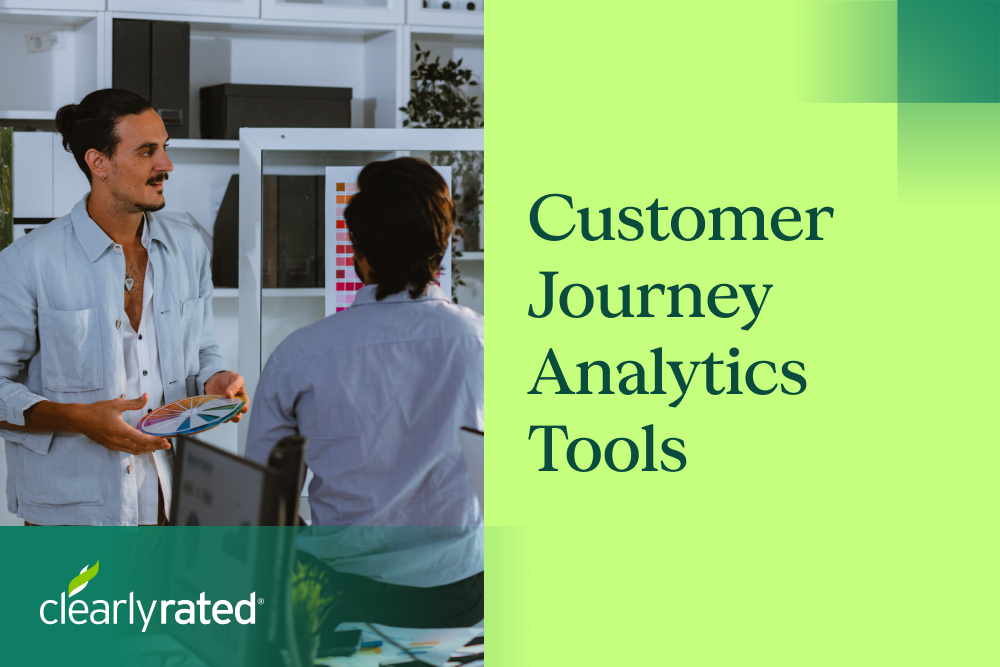
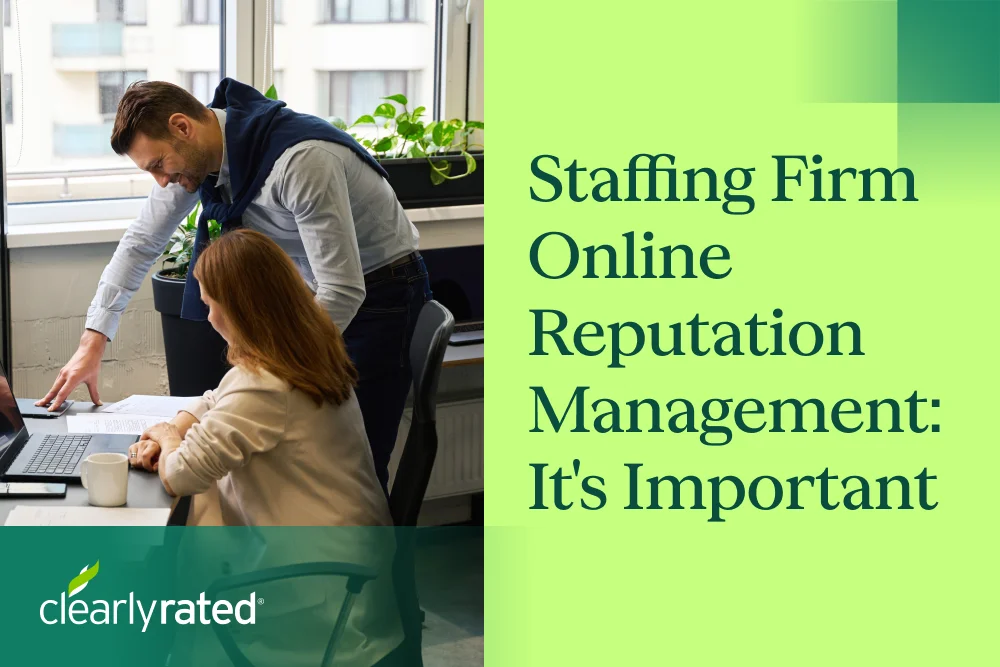

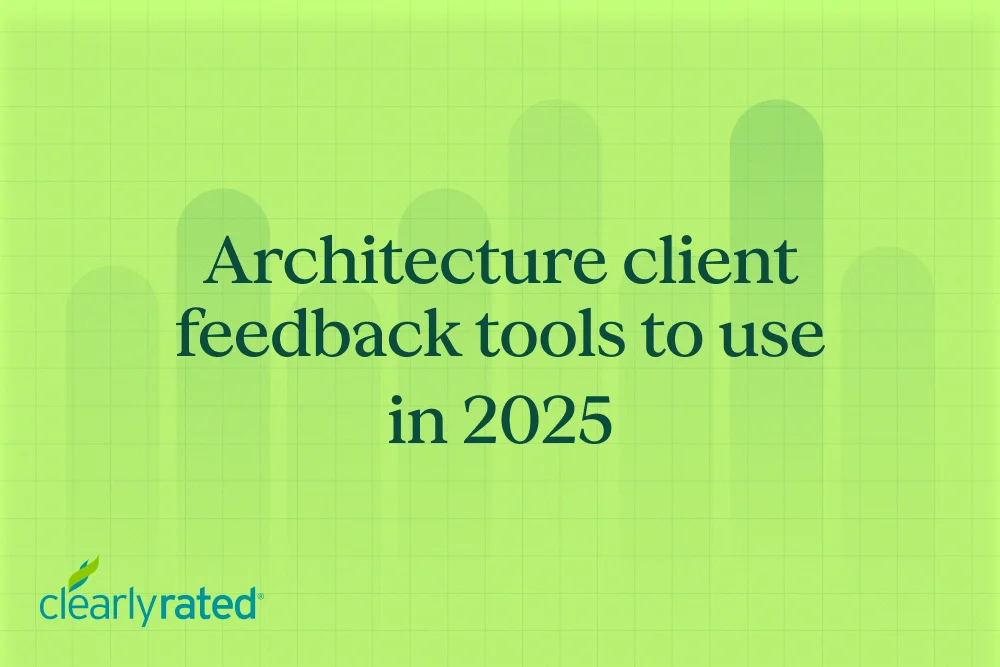


%5B1%5D.webp)
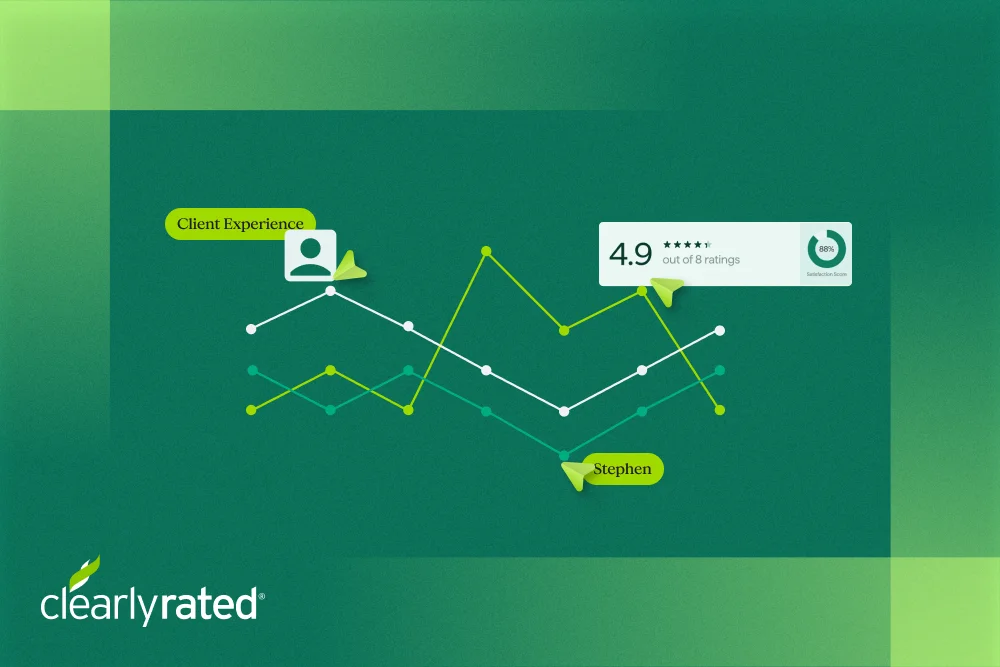

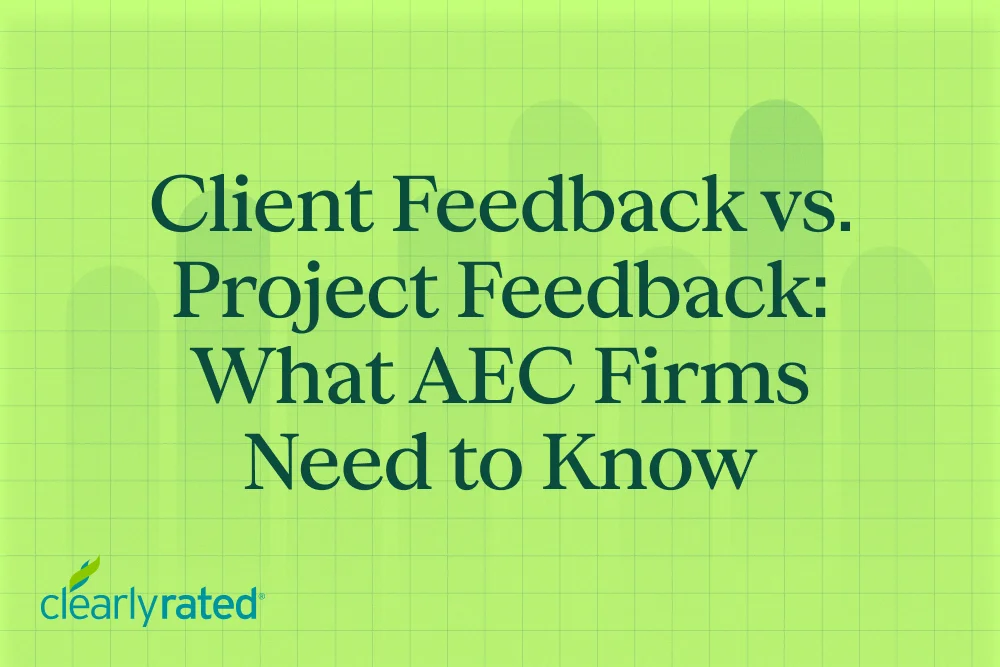



.png)






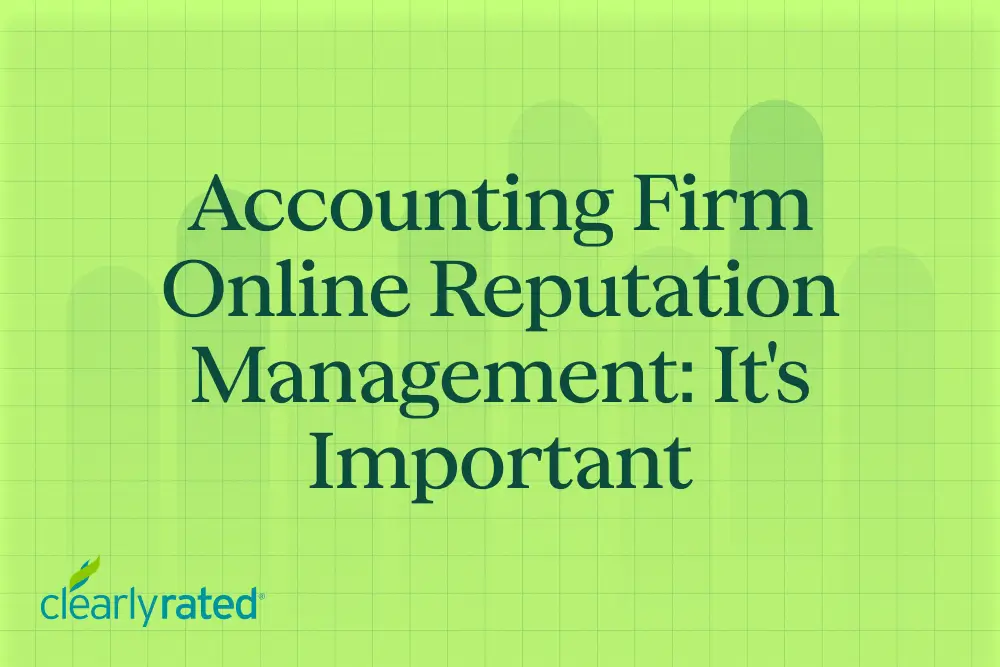
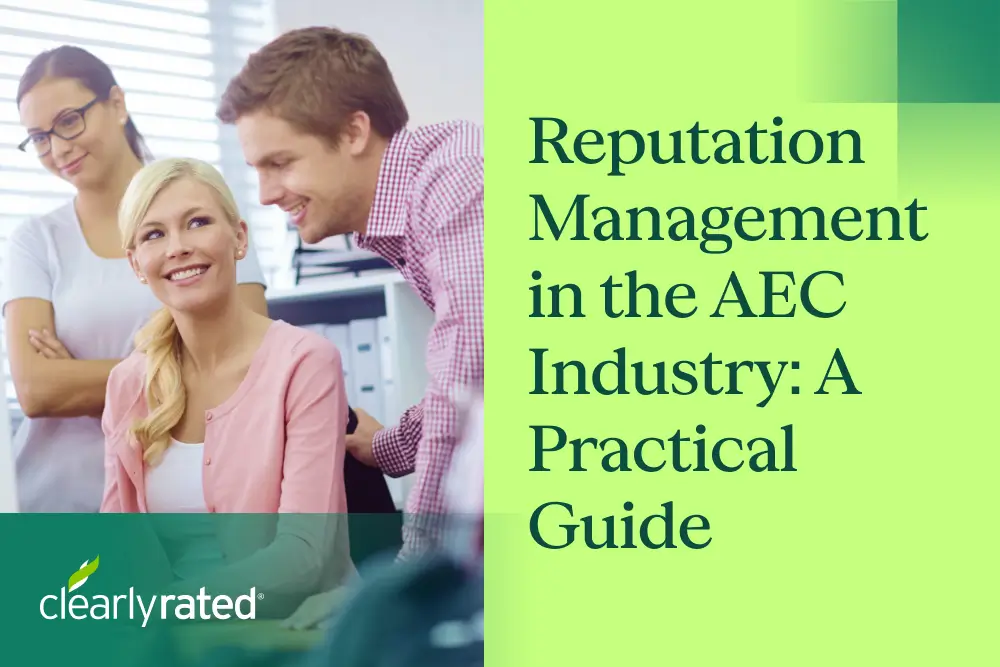



_%20The%20Ultimate%20Guide.png)
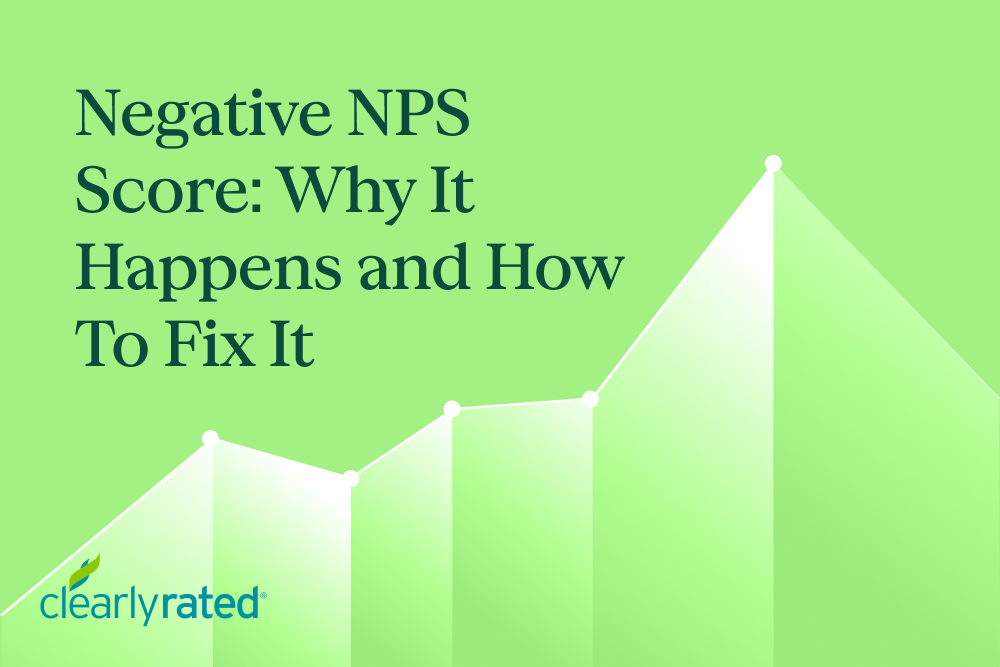
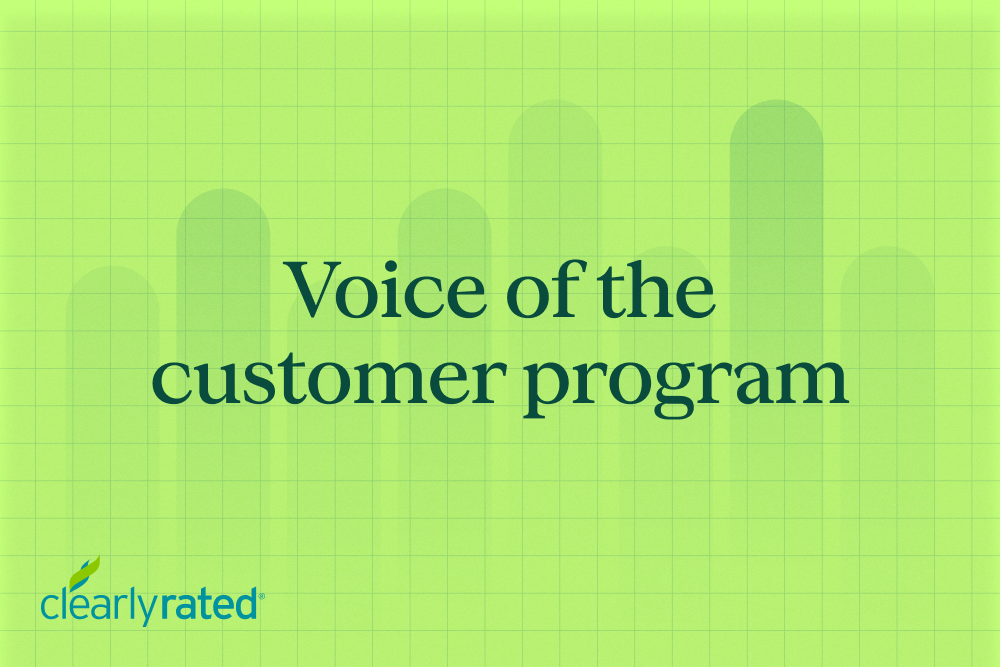
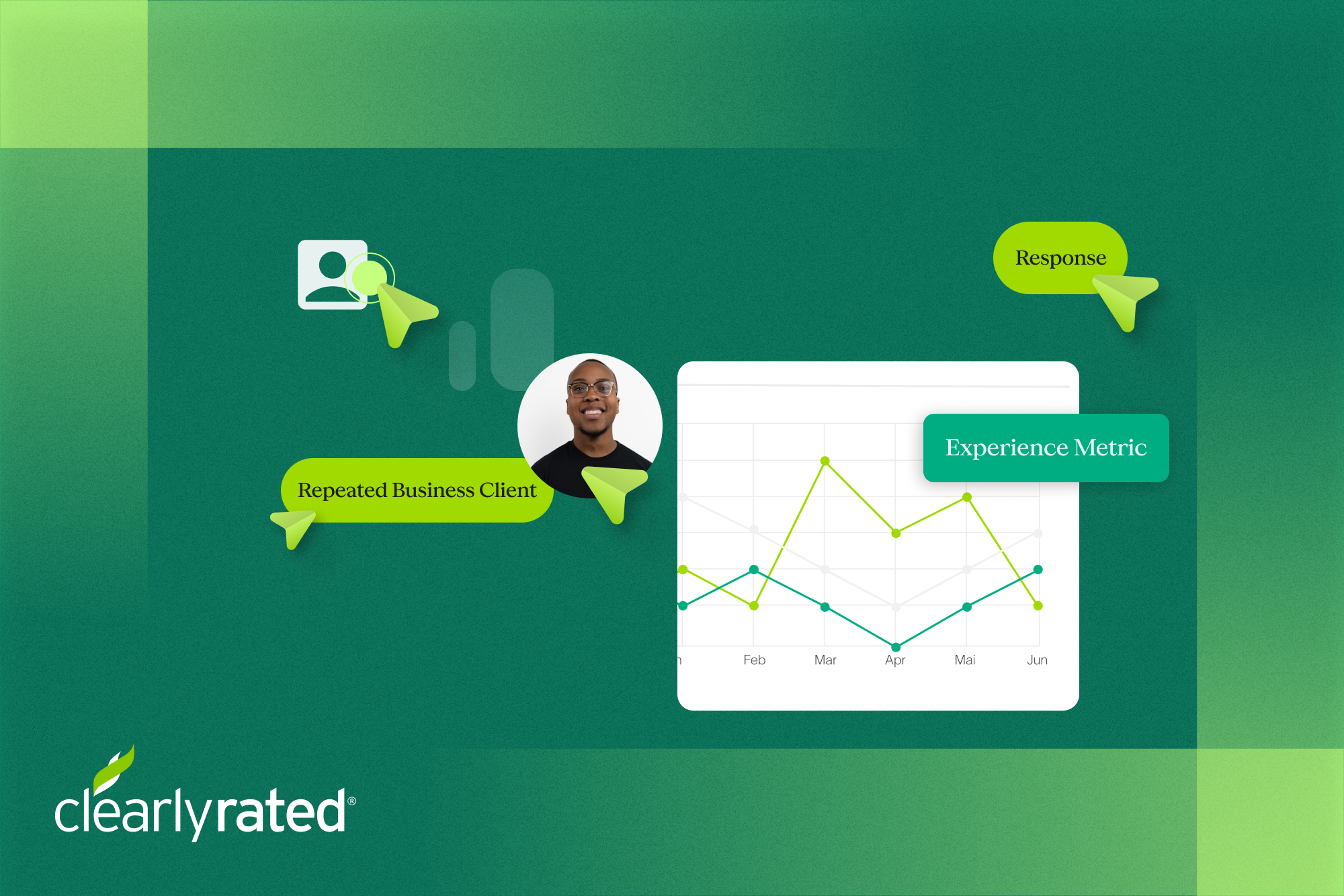
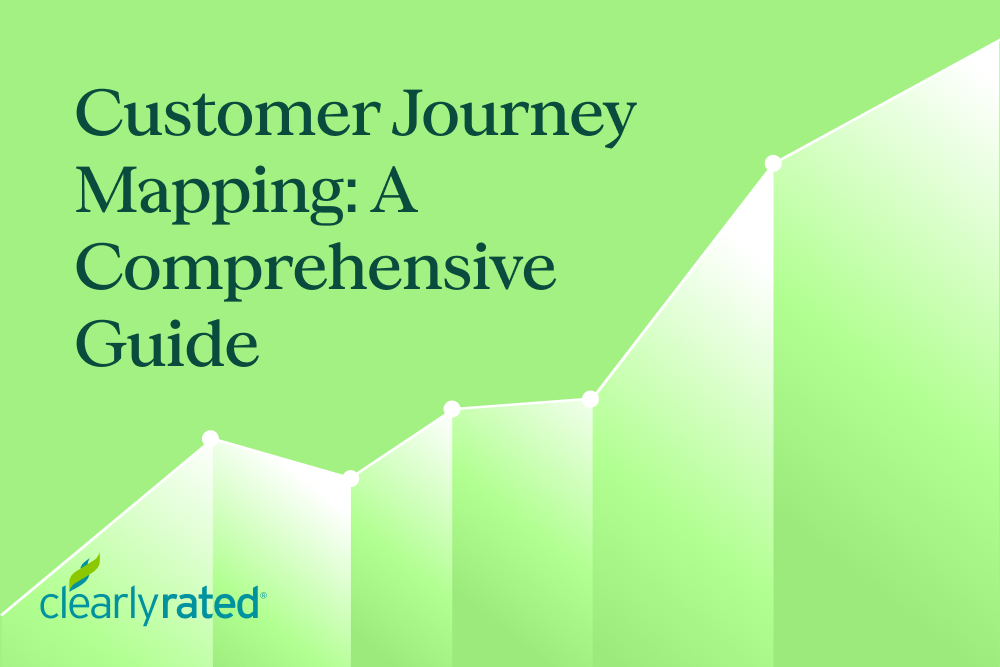

.png)




















%20in%20the%20Workplace.png)










.png)

%20and%20how%20can%20you%20increase%20it.png)
_%20A%20Step-by-Step%20Guide.png)

.png)
.png)




_.png)



%20in%202028.png)


_%20The%20Ultimate%20Guide%20(2024).png)











